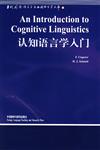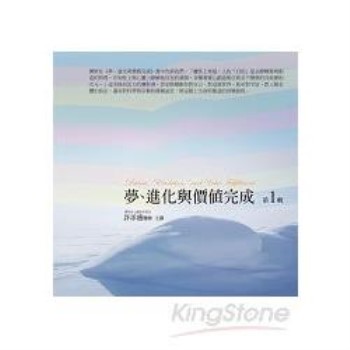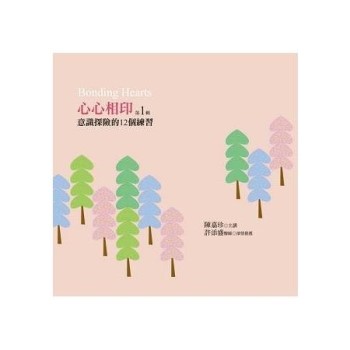| FindBook |
|
有 1 項符合
[德]溫格瑞爾的圖書 |
 |
$ 130 二手書 | 認知語言學入門
作者:[德]溫格瑞爾 出版社:外語教學與研究出版社 出版日期:2003-01-01 語言:簡體書  看圖書介紹 看圖書介紹
|
|
|
圖書介紹 - 資料來源:TAAZE 讀冊生活 評分:
圖書名稱:認知語言學入門
《認知語言學入門》內容簡介:《當代國外語言學與應用語言學文庫》首批54種自2000年9月問世以來,取得很大成功,首印5000套供不應求,10月份便分開重印6000套。能在短短的幾個月內出版發行如此宏大規模的語言學著作,這在我國學術出版發行史上是不多見的。自出版以來,許多單位和個人爭相訂購,研究生和大學生生把《文庫》視為良師益友,教師無論老中青都把《文庫》視為知識更新的源泉。實踐證明,外研社推出的《文庫》受到了國內語言學界和外語教學界的普遍好評,它將成為推動我國語言學教學與研究和外語教學與研究的一個寶庫。
章節試閱
在成功出版《文庫》首批54種的基礎上,外研社現在又推出《文庫》第二批58種。《文庫》第二批具有五大特色:一、由58部英文原著組成,所覆蓋的學科從首批的26個增加到現在的33個,新增學科包括語言學史、語言哲學、認知語言學、人類語言學、語言的起源、語法化學說等,能更廣泛地滿足讀者的需求;二、收入了當代語言學大師索緒爾、薩丕爾、布龍菲爾德、韓禮德、喬姆斯基、奧斯汀、格萊斯、利奇等名家的最有影響的傷口具有更高的權威性;三、增加了牛津大學出版社、哈佛大學出版社等世界知名出版社出版的語言學經典著作;四、依然配有專家導...
顯示全部內容
目錄
categories
1.2 The internal structure of categories:prototypes,attributes ,family resemblances and gestalt
1.3 Context-dependence and cultural models
2 Levels of categorization
2.1 Basic level categories of organisms and concreteobjects
2.2 Superordinate categories and experiential hierarchies
2.3 Subordinate categories ,composite terms and word-formation
2.4 Basic level categories and basic experiences:actions,events,propertises,states and locations
3 Conceptual metaphors and metonymies...
1.2 The internal structure of categories:prototypes,attributes ,family resemblances and gestalt
1.3 Context-dependence and cultural models
2 Levels of categorization
2.1 Basic level categories of organisms and concreteobjects
2.2 Superordinate categories and experiential hierarchies
2.3 Subordinate categories ,composite terms and word-formation
2.4 Basic level categories and basic experiences:actions,events,propertises,states and locations
3 Conceptual metaphors and metonymies...
顯示全部內容
|











